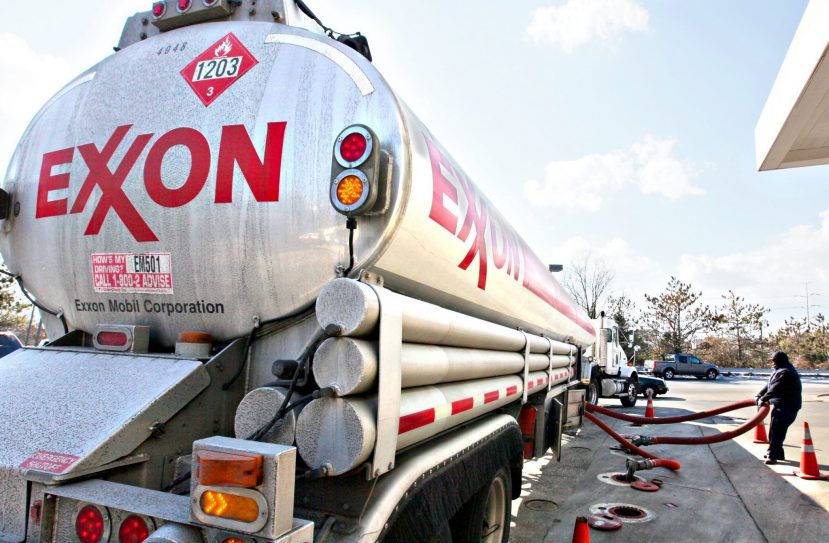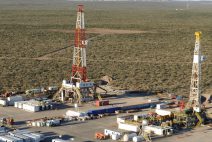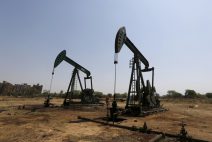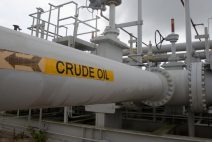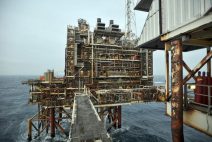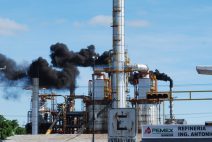Exxon Mobil Corp is lowering its ambitions for oil and gas output, as it focuses on cutting costs and preserving dividends to win back investors that have soured on the company after years of overspending.
The top U.S. oil producer incurred a historic loss of $22.4 billion last year and is trying to convince a skeptical Wall Street that it can rebound after years of overspending left it deeply indebted and lagging behind rivals better geared for a world demanding cleaner fuels.
Exxon last year fell out of the Dow Jones index of top U.S. companies and shares fell to a two-decade low. Activist investors are pushing it to lessen its reliance on fossil fuels.
"The priority right now is to rebuild the balance sheet," Exxon Chief Executive Darren Woods said on a media call following a virtual analysts day that emphasized the company's commitment to lower spending and reducing debt, which has ballooned to $67.6 billion from $37.8 billion two years earlier.
That said, some analysts criticized Exxon's spending plans, saying the company's focus is likely to shift more to oil than gas, unlike rivals Chevron Corp and Royal Dutch Shell. It is also taking a measured approach to spending in its low-carbon group as other global oil giants aggressively move towards renewable projects.
Woods reaffirmed plans to keep annual project spending at or below $19 billion in 2021 and between $20 billion and $25 billion through 2025. Production will remain largely flat at around 3.7 million barrels of oil and gas per day.
Previously, Woods had planned to hike spending to as much as $35 billion per year to build production, but has reversed course after costly misfires on U.S. shale and Canadian oil sands.
Oil and gas production spending will focus on Guyana, Brazil and U.S. shale oil. The company expects its 400,000 barrels of daily output in west Texas and New Mexico to rise to about 700,000 by 2025, "based on market conditions," said Senior Vice President Neil Chapman. Two years ago, it forecast 1 million barrels per day in the Permian as early as 2024.
